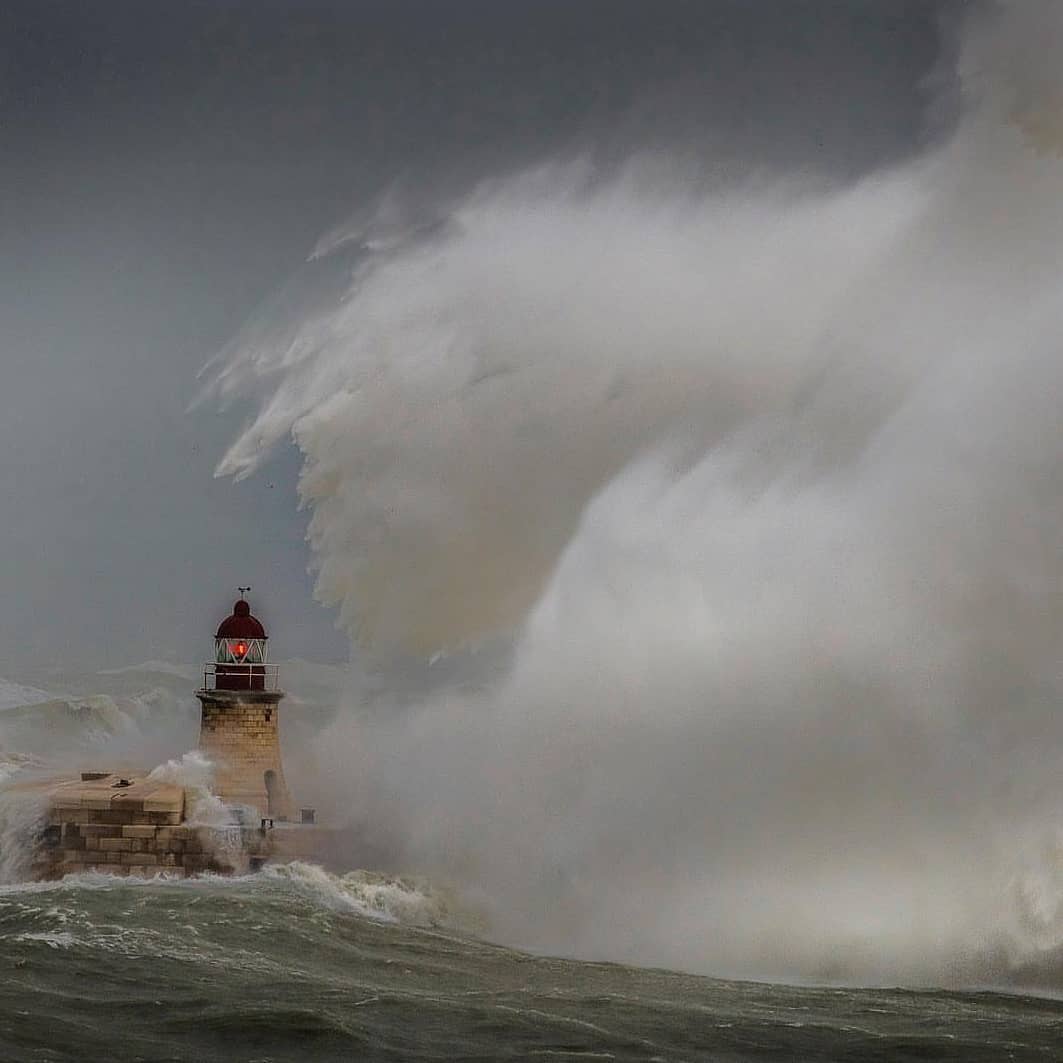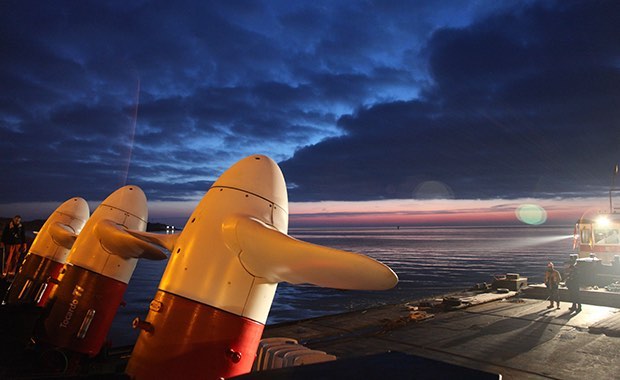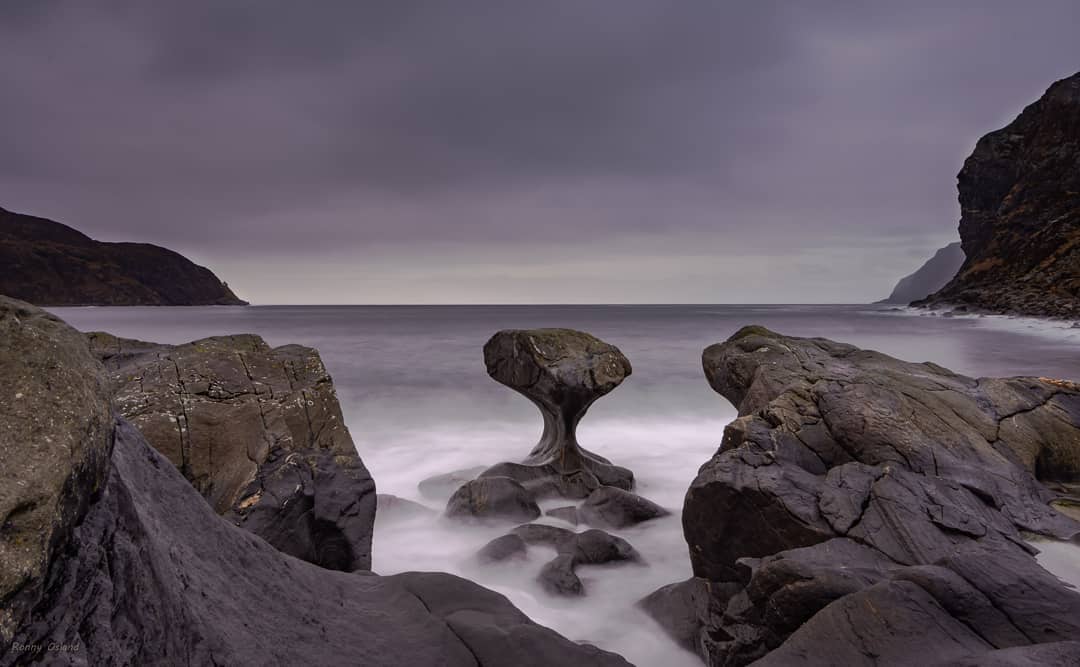5 Great Facts You Should Learn About Tidal Energy in Your Home
As ocean water rises and falls, the water turns turbines to produce electric power. This is the tidal energy. It makes use of the tides to generate electrical power that could then be used to power home solutions. Let’s learn a bit about this classically unknown source of power.

While tidal energy is projected to produce 20 per cent of the energy in the UK, different parts of the world are yet to harness this opportunity. This will help homes to save energy as it will also lower the cost of conventional energy sources.
Tidal energy is absolutely renewable and inexhaustible. Similarly, it is perhaps the most environmentally friendly energy production as it emits zero hydrocarbons into the atmosphere.
How tidal energy works
In most parts of the world, the tidal waves are not strong enough to turn the turbines responsible for power generation. In these cases, they erect barriers along the water path to generate more strength.
However, in Canada, with the highest tidal range heights than anywhere else in the world, there is practically less need for barriers. In the Bay of Fundy, Canada, tidal waves can be as high as a 16.3 meter three-store building.

- Oldest form of energy
Tidal energy happens to be the oldest form of energy in the world. The Romans used the ocean tides to drive mills as early as 787 AD. The power generated from the ocean could be harnessed to move mills.
- UK is leading in the tidal energy race
UK is an island country. For this reason, it has the biggest shot at the tidal energy. True to this, the UK is the world’s leading producer of tidal energy. Extensive research is currently ongoing in the UK to establish the best possible ways to harness tidal power.
UK is currently testing a 10MW power plant. This represents more energy than the rest of the world combined.
The world’s first tidal energy plant is set to be operational in Wales, UK by 2021. This is owing to the fact that Wales was the country the first ever country to invest in tidal energy research.

- Tidal energy to account for 748 GW by 2050
According to International Energy Agency (IEA), tidal waves could account for more than 748 GW in 2050. This projection points towards a glaring fact of how the world is headed for revolutionary energy choices.
In this analysis, solar is similarly projected to hit the ceilings with a whooping 4,600 GW of power throughout the world.
- Tidal turbines could be sunk 240 feet
As the need for more energy increases, the turbines could be sunk deep into the ocean some 240 feet. This ensures there is no barrier and obstructions on the path of sea vessels and human activity in the sea.

- Future is in dynamic tidal power
While tidal energy has almost always been harvested at the coast, technology is bent on harnessing this energy from the sea bed. These are the best places as there are no major water fluctuations. This is a plus, especially for people looking for reliable energy sources.
The advantages of tidal energy abound too
Apart from being renewable, tidal energy is also predictable and inexhaustible and low production cost.
From the article, you will have come to know these 5 great facts about tidal energy. As the future craves for better sources of energy, tidal energy is high on the list.






